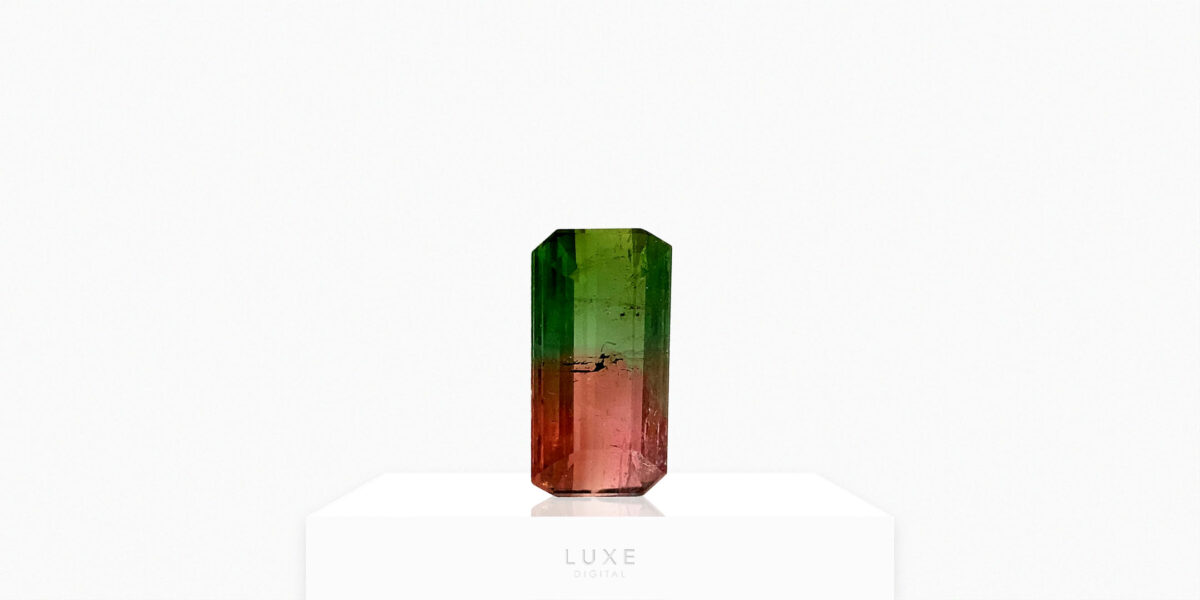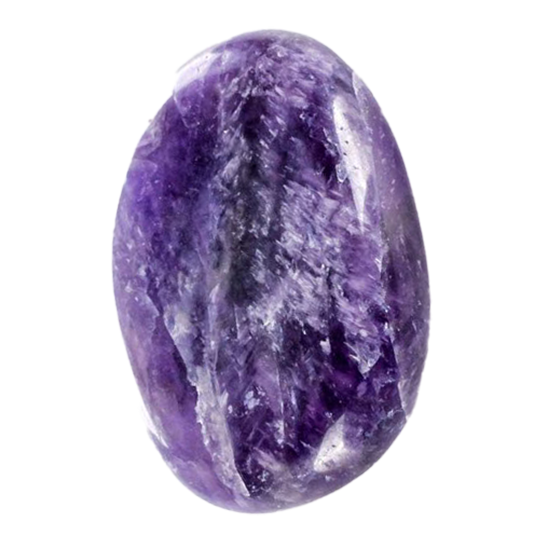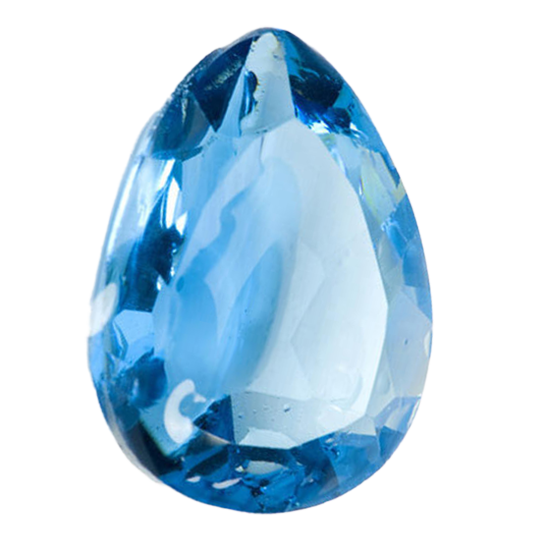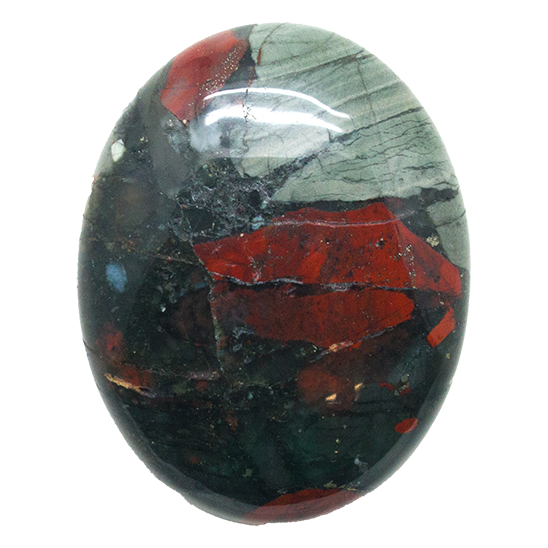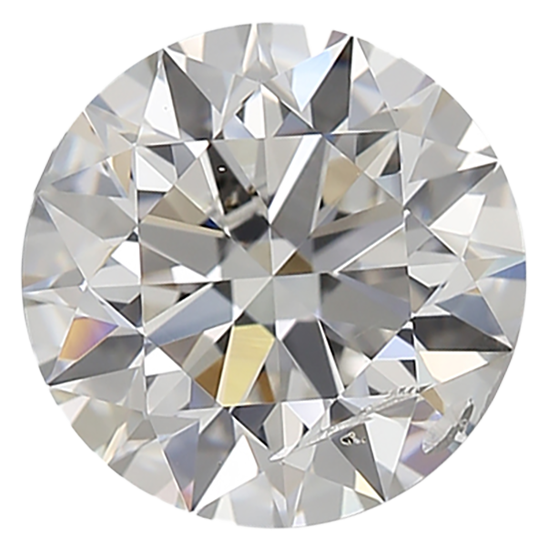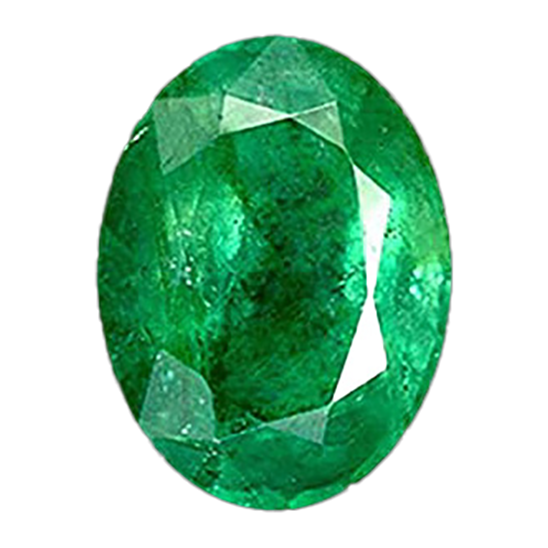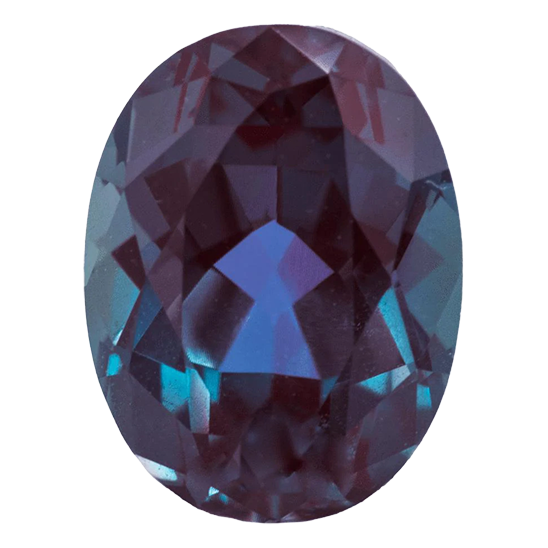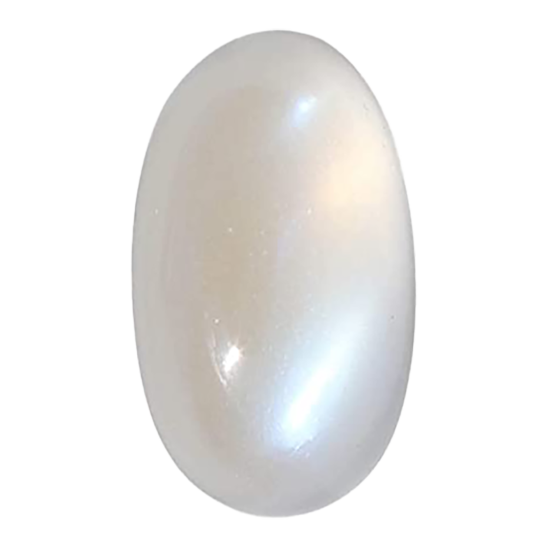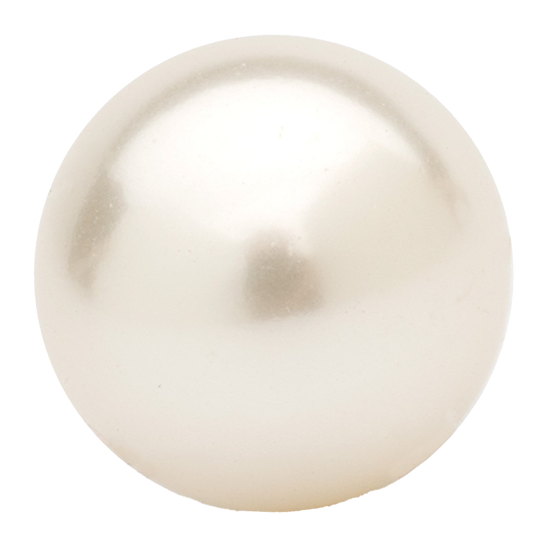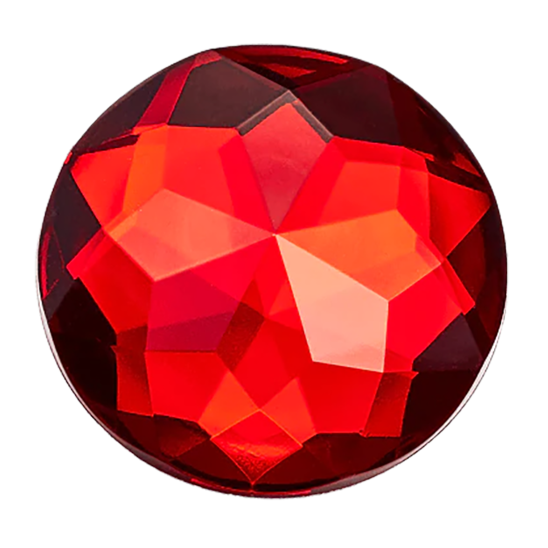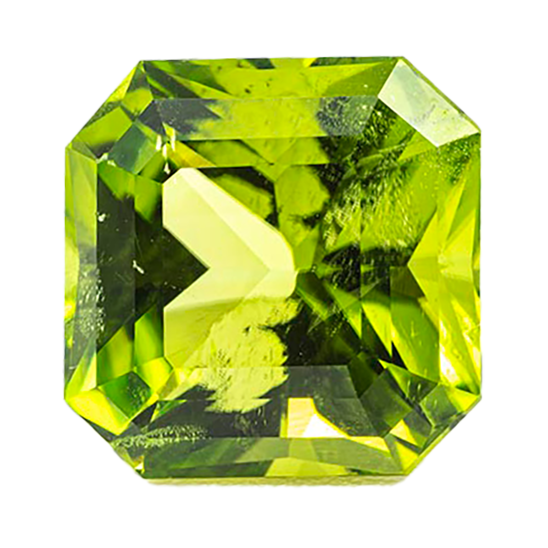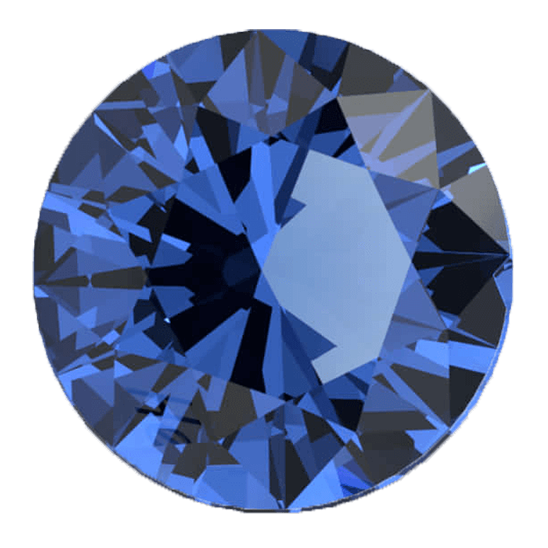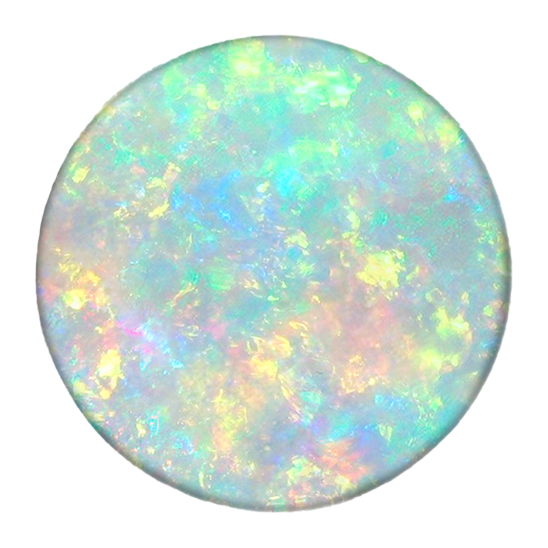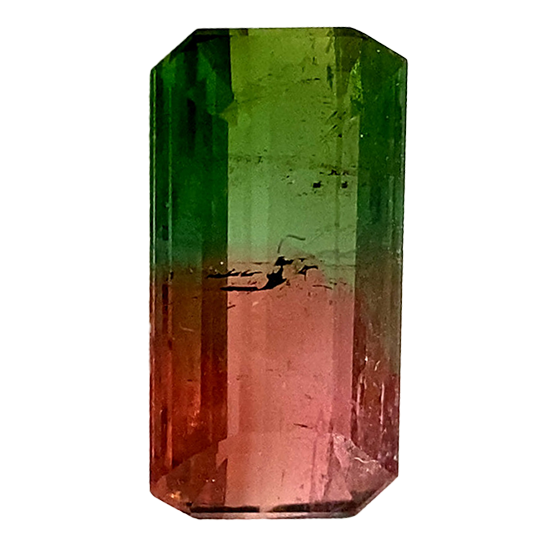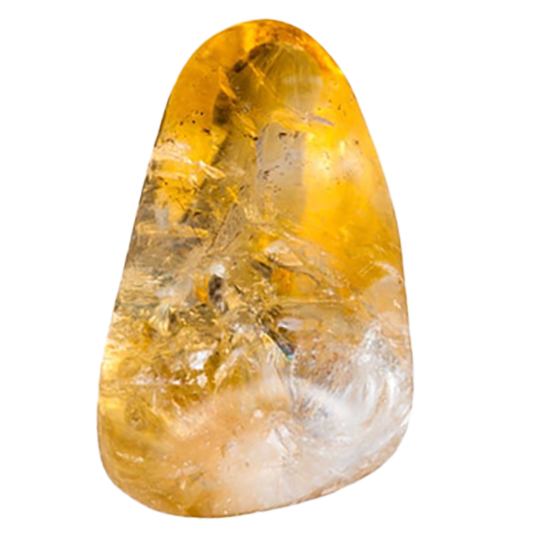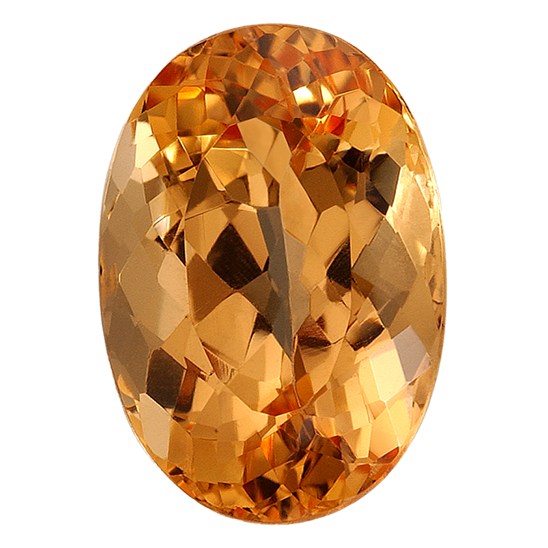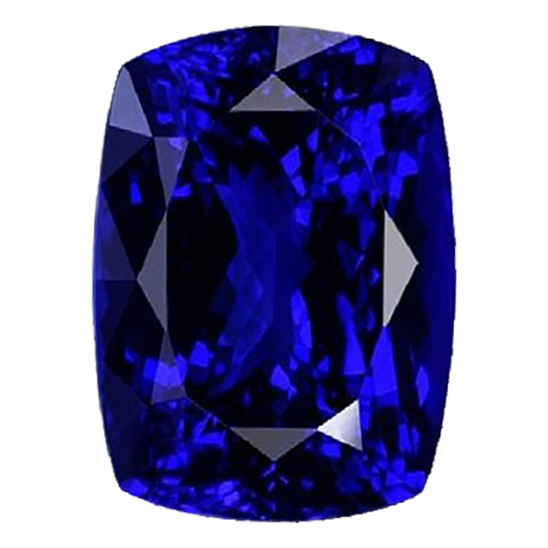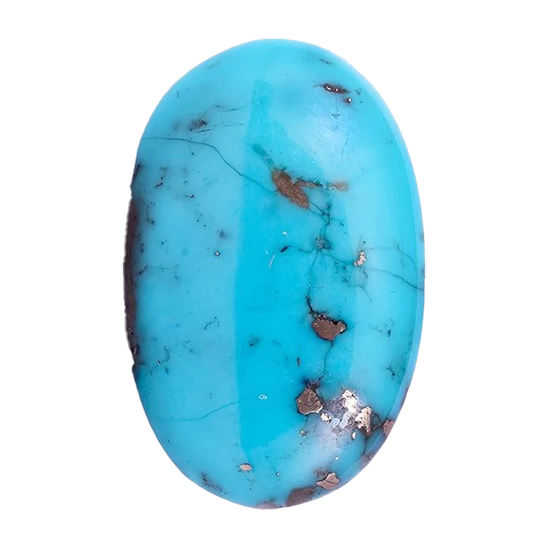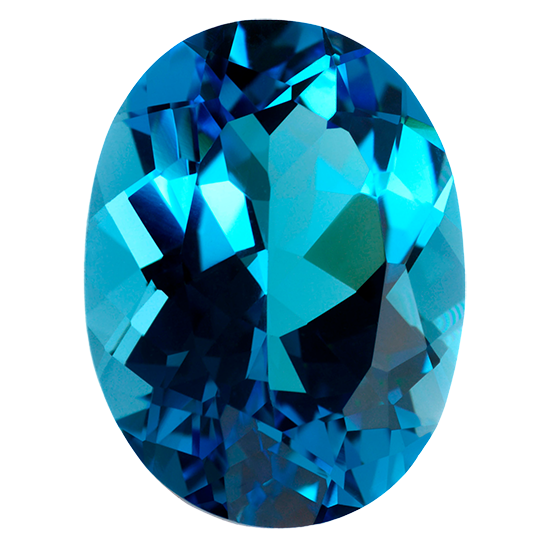The tourmaline is one of the world’s most popular gemstones, though many are unable to match the gem to its lesser known name. Rainbow-like, multi-hued, shimmering, prismatic, there are not enough adjectives in the English language to describe the sheer opulence in tone of the tourmaline. A remarkable gemstone, its variety of color is a strong match for its variety in price, meaning that it is both a stone within the reach of everyone’s pocket as well as a collector’s item that can reach eye-watering prices.
A gemstone is a precious object, and makes for an invaluable gift bestowed on family or friends. Tourmaline is long beloved as a jewelry stone due to its plethora of shades and vivid stones which make it the ideal centerpiece in rings and necklaces. It is also bought in various shapes and sizes in its crystal form, the shimmering color combinations making it a unique and sophisticated gift to brighten up an office or home.
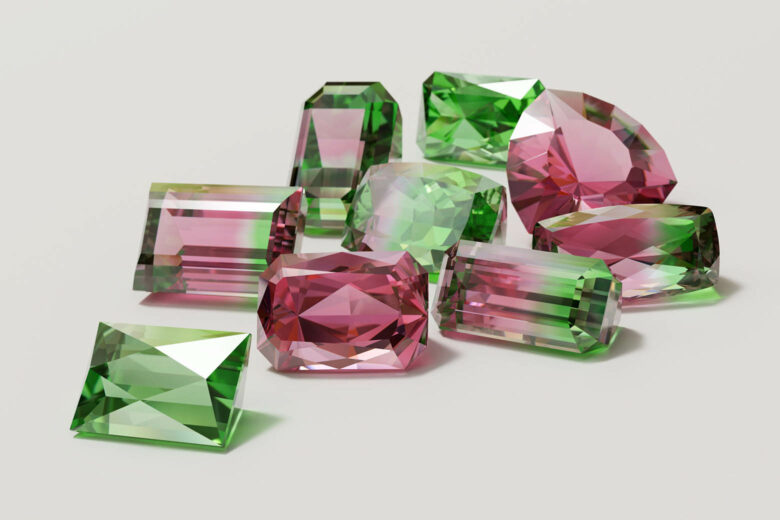
| Tourmaline Color | Found in every color |
| Birthstone Month | October |
| Hardness Scale | 7 to 7.5 on Mohs Scale |
| Mineral Class | Boron Silicate |
| Symbolism | Creativity, wisdom and serenity |
What is Tourmaline?
One of the world’s most popular gemstones, tourmaline is an opaque mineral classed as crystalline boron silicate. One of October’s birthstones, tourmaline comes in a more dazzling array of colors and color combinations than any other mineral group. In the past, the deep greens and intense reds of tourmaline led to it being confused with emeralds and rubies, and it was not until 1793 that tourmaline was recognized as a distinct mineral. Due to its unique and diverse color spectrum, it is highly sought-after as a jewelry stone.
What does Tourmaline look like?
Tourmaline comes in an amazing array of colors, from multi-colored and colorless to black. Jewelers tend to identify the different types of tourmaline by using the color adjective plus the mineral name.
- Red tourmaline – also known as ‘rubellite’, it comes in shades ranging from pale pink, to raspberry and ruby-like red
- Blue tourmaline – also sold as ‘indicolite’, is a spectacular, intense neon-like blue
- Green tourmaline – also known as ‘chrome tourmaline’, is a dark green shade colored by chromium or vanadium
- Black tourmaline – extremely popular in the Victorian age, especially as mourning jewelry, is also sold as ‘schrol’
- Canary tourmaline – bright, radiant yellow in color
- Watermelon tourmalines – exquisite stones with a pink interior and green outer layer or ‘rind’, they are the most popular bi-color tourmaline gems
- Paraiba tourmaline – brilliantly intense in color, often described as an electric or neon shade of blue, and highly saturated. These stones are named after the Brazilian state of Paraíba, where they were first found.
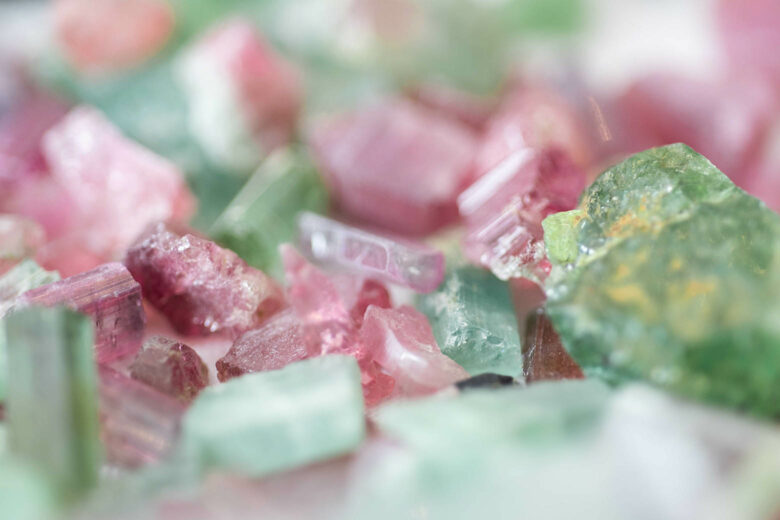
History of the Tourmaline stone
The Ancient Egyptians believed that tourmalines got their multi-colored, striking tones by colliding with a rainbow as they pushed their way up through the earth. Modern history states that it was Portuguese explorers who first discovered vivid blue and emerald green tourmalines, while searching for gold in the streams of Brazil. These Brazilian tourmalines were sent back to Portugal, where they were mistakenly identified as sapphires and emeralds, and cut into gemstones to be worn as head-dresses and necklaces by the royal family and nobility.
In fact, tourmalines, with their resplendent array of color, have been confused with other gemstones throughout history. The red stones in the Russian crown of Anna Ivanovna, made from silver and adorned with 2,500 diamonds, were for centuries believed to be rubies but are now in fact known to be red tourmalines.
Meaning of Tourmaline
The name Tourmaline comes from the Sinhalese term ‘turmali’, which roughly translates as ‘mixed colored stones’. Sinhalese is the language of Sri Lanka, and the name ‘turmali’ was the name given to all colored crystals found on the island in the 17th and 18th centuries.
Spiritually, tourmaline is known as a ‘receptive’ stone, its soothing, calming properties said to bring wisdom, strength and serenity.
Where does Tourmaline come from?
Tourmaline is plentiful all across the globe, but Brazil has been the world’s leading source of tourmaline for over 500 years. It is also in Brazil where the most valuable ‘Paraiba’ tourmaline is found, in tones ranging from brilliant, sparkling turquoise to intense, electric blue. The United States is home to the rich tourmaline mines of southern California, which produce a unique pastel shade of pink tourmaline. Other important sources of tourmaline include Afghanistan, Myanmar, Mozambique, Namibia, Nigeria, Madagascar, Tanzania and India.
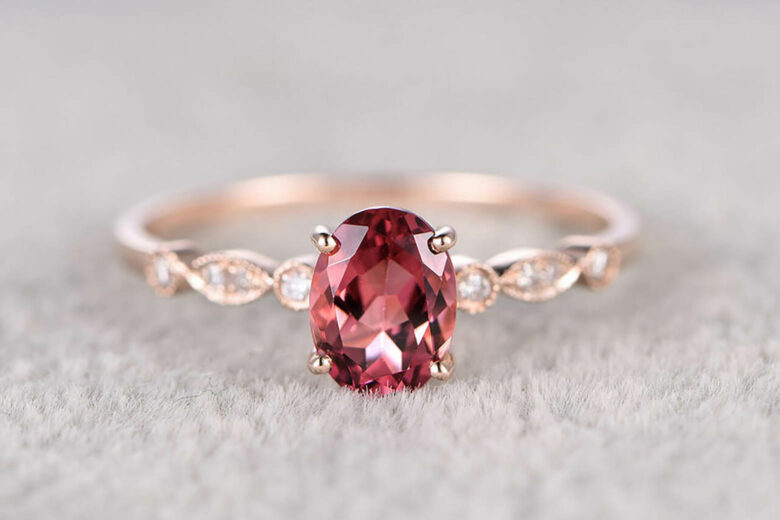
Tourmaline and Zodiac signs
Those born in the month of October are lucky enough to be able to choose between two birthstones, tourmaline and opal. Interestingly, opal, like tourmaline, is also known for its endless color combinations. Opal has a more milky hue, but a similar range of rainbow-like colors, meaning that both birthstones give the wearer the flexibility to match the various plays of color to their own particular tastes and style. Tourmaline is said to have myriad healing and positive powers, and crystal tourmalines for decoration at home are a popular gift for October babies.
Which family is Tourmaline from?
Tourmaline hails from a large family of boron silicate minerals. It is known as an ‘accessory mineral’ and occurs in igneous and metamorphic rocks, which are rocks that have been modified by extreme heat. This modification leads to the formation of crystals. The most spectacular tourmaline crystals, which can range in size from miniscule to specimens weighing over 100kg, are formed by hydrothermal activity, where hot water enters the rock allowing crystal growth.
Birthstones chart
Find your birthstone by month
Frequently asked questions about Tourmaline
The beautiful colors of Tourmaline mean it can satisfy just about any fashion requirement, and it is a hugely popular jewelry stone. Watermelon tourmalines, with their eye-catching shades of pink to purple and light green, are particularly sought-after in the jewelry world. Crystal cross-sections, or ‘slices’, of watermelon tourmaline display stunning color combinations, and are often used as decoration in the home or office.
The ubiquity of tourmaline means prices are generally modest, and the more common stones have a value of around $50 USD per carat. However, pure blue, red, yellow, and purple stones are rare, and therefore command much higher prices. The rarest tourmaline, electric blue Brazilian Paraiba, can reach $50,000 USD per carat.
Pink tourmaline is said to represent a love of humanity and humanitarianism, and can be worn to increase sympathy towards others and promote compassion. Many believe that pink tourmaline helps the wearer to become a better listener and more receptive.
The value of tourmaline fluctuates greatly, and hinges on the color and clarity of the gemstone. The raspberry red ‘rubellites’ and the other-wordly colors of the neon blue Paraiba fetch the highest prices, the latter even reaching over $50,000 USD per carat. The average price of the more common colors of tourmaline hovers around $50 USD per carat.
